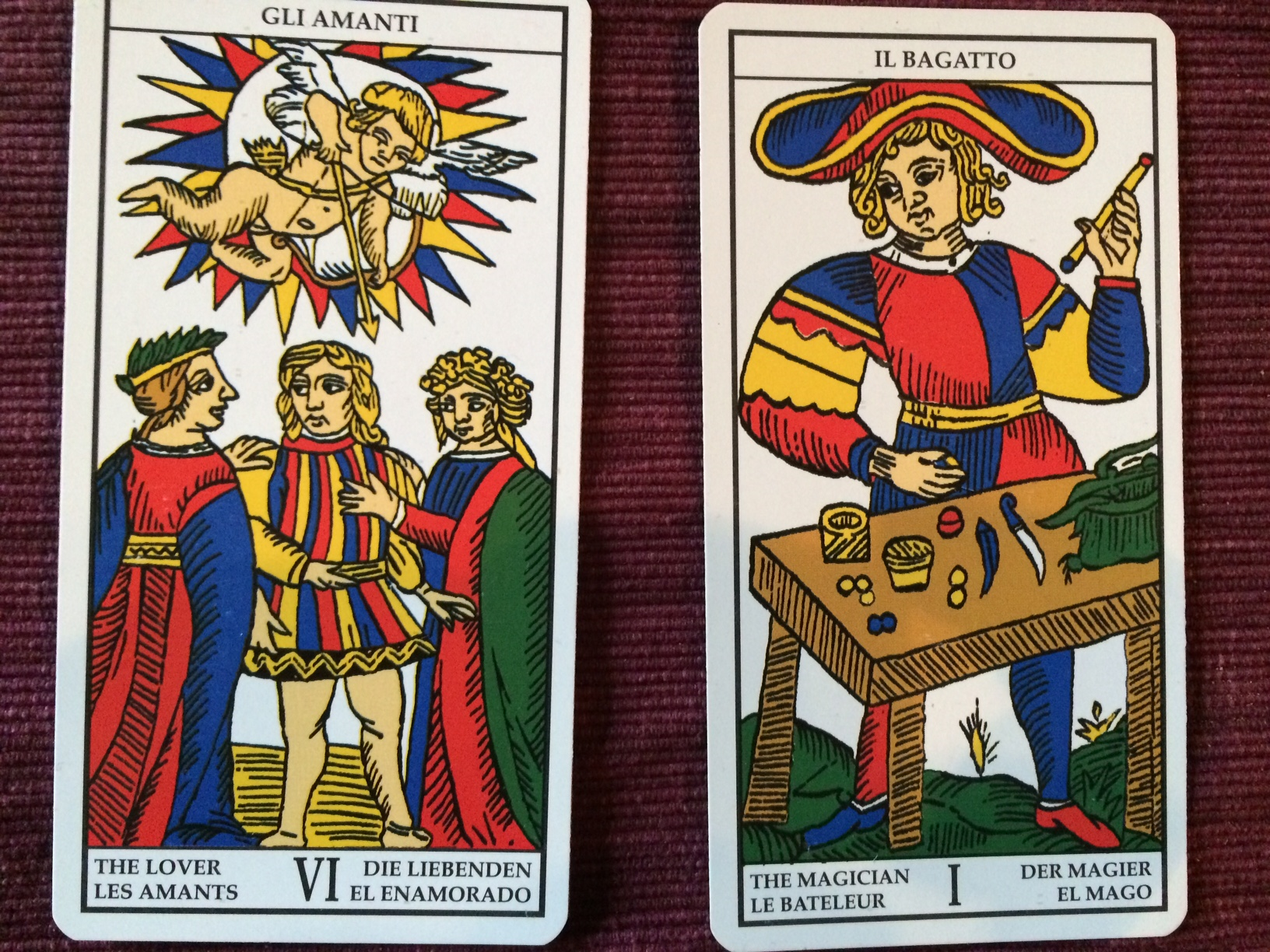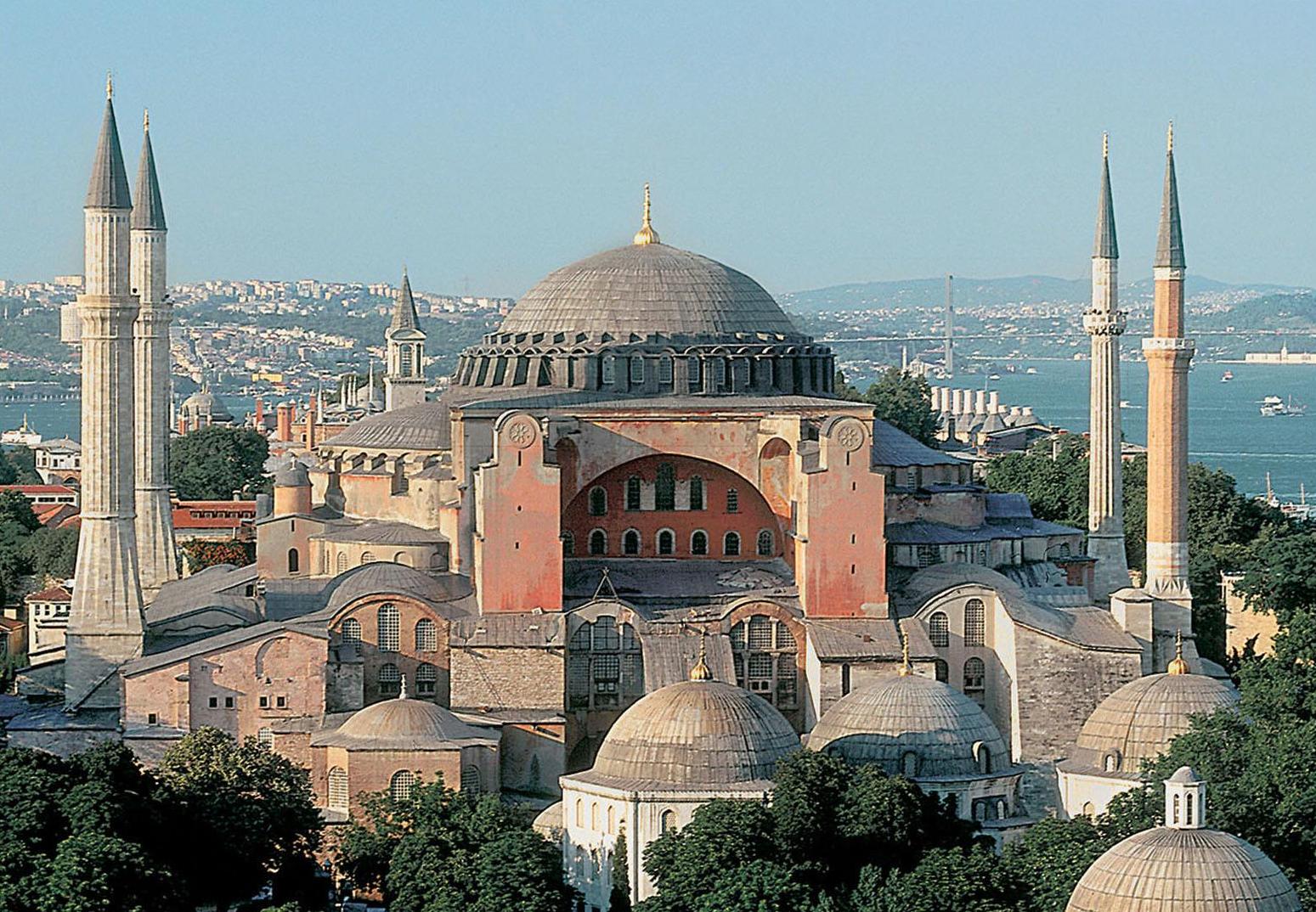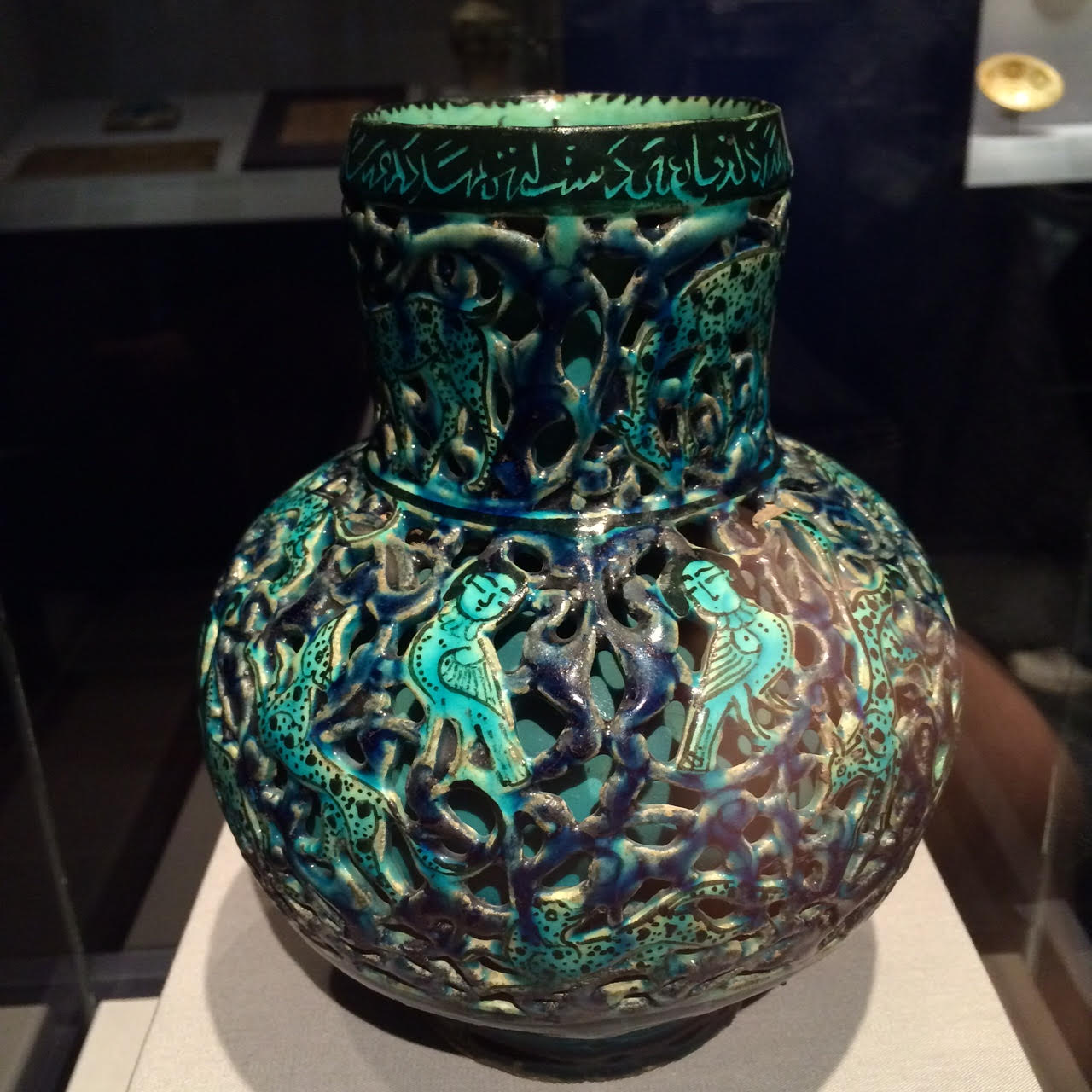The sun begins its month-long journey through Gemini, the sign of the zodiac associated with the Lovers trump of the tarot, on May 21. The sign Gemini belongs to the element air and is ruled by the planet Mercury (the Greek messenger of the gods), which is linked to the Magician trump of the tarot. The tarot’s air suit of swords illustrates typical scenes of daily life related to intellect, communication, logic, strife, conflict, choice, decision-making and the overcoming of adversity.
As an air sign, Gemini is concerned with all aspects of the mind. This zodiac sign is ruled by Mercury, which is a planet that represents communication, writing and teaching others. They get fascinated by almost everything in the world and they have a feeling as if there is not enough time to experience everything they want to see. This makes them excellent artists, writers and journalists. Gemini sign means that sometimes people born under this sign have a feeling that their other half is missing, so they are forever seeking for new friends, mentors and colleagues.
During the time of the sign Gemini, we have an excellent opportunity to meditate on the tarot’s Lovers and Magician cards, as well as the suit of swords of the minor arcana. Ponder the myths of Castor and Pollux, and of Helen of Troy — all figures associated with the constellation Gemini. Do you show your loved one how much you really care? What are the important decisions you are facing in your life and what are the potential consequences? Where must you turn away from the things of childhood and assume your position as an adult member of society? How can you use your talents to work magic in your own life and in the lives of those around you?




